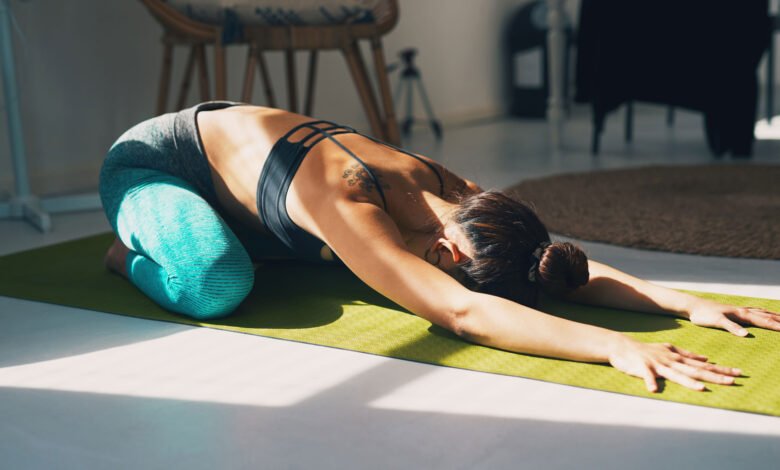
Sequencing a Hatha yoga class involves more than just stringing poses together; it requires thoughtful planning to create a harmonious and balanced experience for your students. A well-sequenced class can guide practitioners through a journey that promotes physical strength, flexibility, and mental clarity. Here’s a comprehensive guide on how to sequence a Hatha yoga class effectively.
1. Set Your Intention
Begin by defining the intention for the class. Consider what themes or goals you want to explore—whether it’s grounding, strength-building, or relaxation. Setting an intention helps unify the class and provides a focal point for students.
2. Assess Your Audience
Understanding the skill level and needs of your students is crucial. Are they beginners, intermediate, or advanced? Tailoring your sequence to match their abilities ensures that everyone feels challenged yet safe.
3. Start with Centering
Begin the class with a brief centering practice. Invite students to sit comfortably, close their eyes, and take a few deep breaths. Encourage them to set their own intentions for the class, fostering mindfulness from the start.
4. Warm-Up with Gentle Movements
After centering, incorporate gentle warm-up poses to prepare the body. Consider starting with:
- Neck Rolls: To release tension in the neck.
- Shoulder Rolls: To ease tightness in the shoulders.
- Cat-Cow Stretch: To warm up the spine and promote fluid movement.
5. Introduce Standing Poses
Transition into standing poses to build strength and stability. A typical sequence might include:
- Mountain Pose (Tadasana): Establishes grounding.
- Warrior I (Virabhadrasana I): Builds strength in the legs and core.
- Warrior II (Virabhadrasana II): Encourages balance and confidence.
Make sure to flow smoothly between poses, linking movements with breath.
6. Incorporate Balance Poses
Add balance poses to challenge stability and focus. Consider including:
- Tree Pose (Vrksasana): Enhances concentration and grounding.
- Eagle Pose (Garudasana): Develops coordination and balance.
Encourage students to find their drishti (gaze point) to maintain focus.
7. Transition to Seated and Supine Poses
As the class progresses, guide students into seated and supine poses to promote flexibility and relaxation:
- Seated Forward Bend (Paschimottanasana): Stretches the hamstrings and back.
- Bridge Pose (Setu Bandhasana): Strengthens the back and opens the chest.
8. Prepare for Relaxation
As you approach the end of the class, introduce restorative poses to help students unwind. Consider:
- Child’s Pose (Balasana): A gentle pose that encourages introspection and relaxation.
- Supine Twist (Supta Matsyendrasana): Releases tension in the spine and promotes digestion.
9. Conclude with Savasana
Finish the class with Savasana (Corpse Pose). Guide students to lie flat on their backs, arms at their sides, and encourage them to focus on their breath. Savasana is crucial for integrating the benefits of the practice, allowing for deep relaxation.
10. Reflection and Closing
After Savasana, invite students to gradually transition back to a seated position. Encourage them to reflect on their practice and share insights if they feel comfortable. Close the class with a brief summary of the intention, reinforcing the day’s theme.
Conclusion
Knowing how to sequence a Hatha yoga class is essential for creating a thoughtful and engaging experience. By following these steps—setting an intention, warming up the body, and smoothly transitioning between poses—you can cultivate a class that supports physical and mental well-being. With practice and awareness, your sequencing skills will evolve, allowing you to inspire and uplift your students on their yoga journey.


